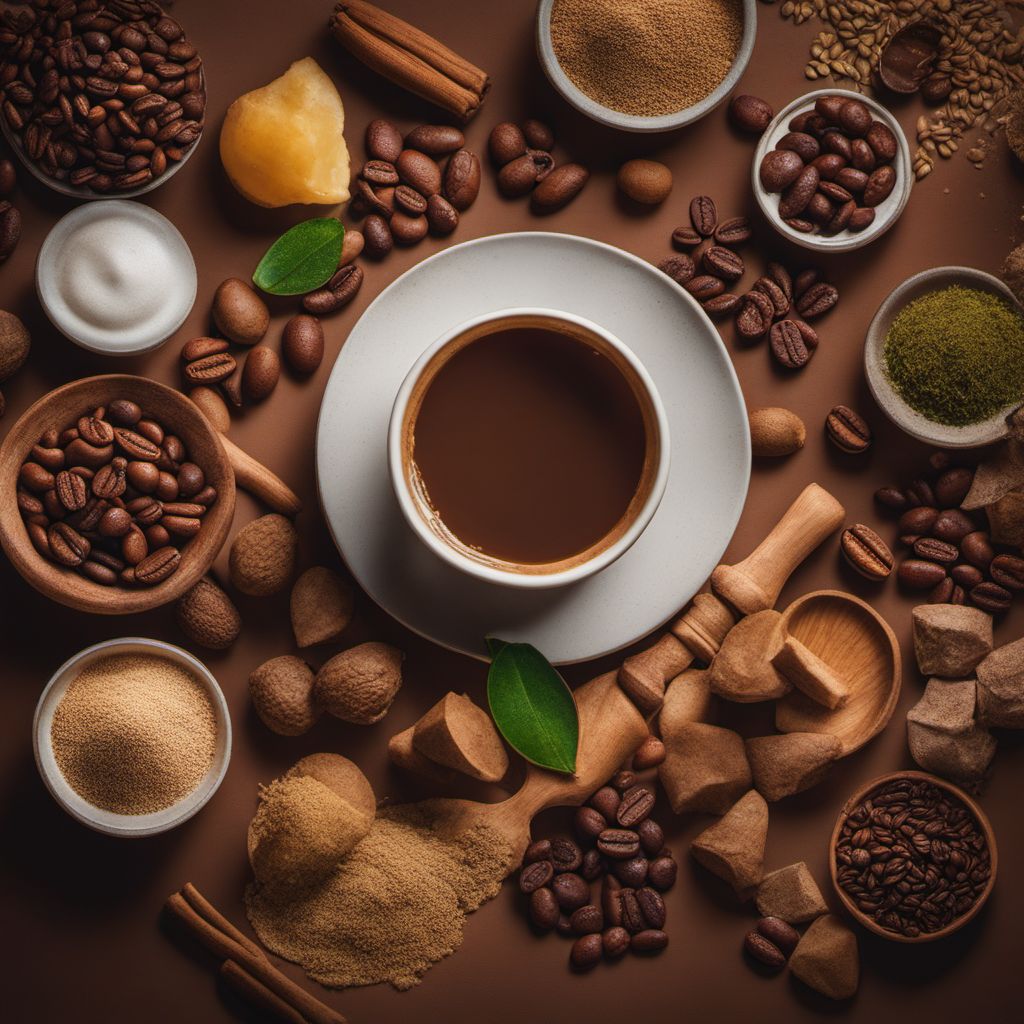
Ingredient
Derivatives of coffee, cocoa, tea, herbal infusion materials and similar RPCs
The Essence of Infusions: Unveiling the World of Coffee, Cocoa, Tea, and Herbal Delights
Derivatives of coffee, cocoa, tea, herbal infusion materials, and similar RPCs are versatile ingredients that add depth and complexity to various dishes and beverages. Coffee brings a rich, robust flavor, cocoa adds a luscious chocolatey taste, tea infuses dishes with delicate notes, and herbal ingredients provide a refreshing and aromatic touch. Whether used in desserts, beverages, or savory dishes, these ingredients elevate the overall taste experience.
Origins and history
The origins of coffee, cocoa, tea, and herbal infusion materials can be traced back to ancient civilizations. Coffee originated in Ethiopia and spread across the globe, becoming an integral part of many cultures. Cocoa has a rich history in Mesoamerica, where it was considered a sacred ingredient. Tea has its roots in China, where it was first cultivated and later gained popularity worldwide. Herbal infusion materials have been used for centuries in various cultures for their medicinal and aromatic properties.
Nutritional information
These ingredients offer various nutritional benefits. Coffee is a source of antioxidants and may provide a boost of energy. Cocoa is rich in minerals like iron and magnesium and is known to improve mood. Tea is packed with antioxidants and can contribute to overall well-being. Herbal ingredients offer a range of health benefits depending on the specific herb used.
How to select
When selecting derivatives of coffee, cocoa, tea, herbal infusion materials, and similar RPCs, opt for high-quality products. Look for well-sealed packaging to ensure freshness and check for any signs of moisture or damage. For coffee and cocoa, consider the origin and roast level for desired flavor profiles. For tea and herbal ingredients, choose organic options whenever possible to avoid pesticides and chemicals.
Storage recommendations
To produce derivatives of coffee, cocoa, tea, herbal infusion materials, and similar RPCs at home, consider growing your own herbs for infusions or experimenting with coffee roasting and cocoa bean processing. Tea can also be grown in certain climates. However, the commercial production of these ingredients requires specialized equipment and processes.
Preparation tips
To maintain the freshness and quality of derivatives of coffee, cocoa, tea, herbal infusion materials, and similar RPCs, store them in airtight containers in a cool, dry place away from direct sunlight. Coffee and cocoa should be kept away from strong odors to prevent flavor contamination. Tea and herbal ingredients may benefit from being stored in opaque containers to protect them from light exposure.
Substitutions
Derivatives of coffee, cocoa, tea, herbal infusion materials, and similar RPCs can be used in a variety of ways. Coffee and cocoa are commonly used in baking, desserts, and beverages like coffee-based cocktails. Tea is enjoyed as a hot or cold beverage and can be used to infuse flavor into dishes like rice or sauces. Herbal ingredients are often used in teas, tinctures, or as flavor enhancers in various recipes.
Availability
Derivatives of coffee, cocoa, tea, herbal infusion materials, and similar RPCs are widely available in grocery stores, supermarkets, specialty tea or coffee shops, and online retailers. They can be found in various forms such as whole beans, ground, powdered, or in tea bags.
More ingredients from this category
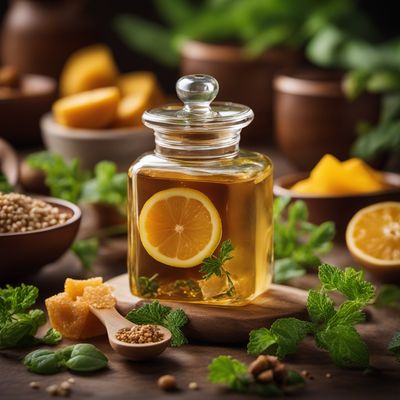
Herbal infusion extracts (RPC derivatives)
The Essence of Botanical Elixirs

Coffee ingredients (RPC derivatives)
The Hidden Gems of Coffee: Exploring RPC Derivatives
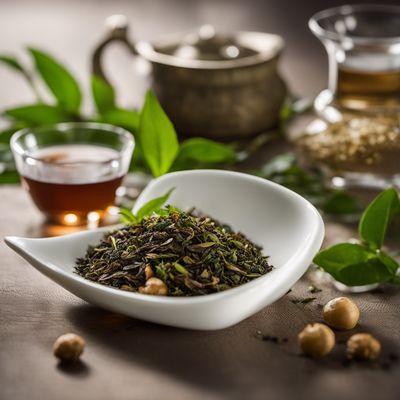
Tea leaves derivatives and tea ingredients
Unveiling the Secrets of Tea: Exploring the World of Tea Leaves Derivatives and Ingredients
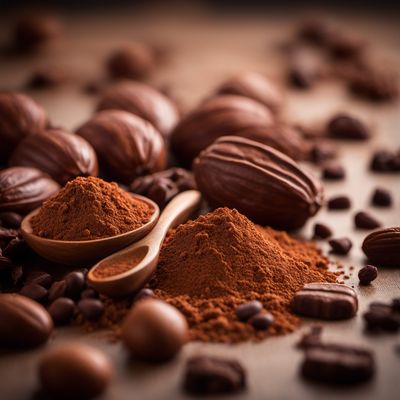
Cocoa ingredients (RPC derivatives)
Unveiling the Magic of RPC Derivatives: Exploring the Diverse World of Cocoa Ingredients
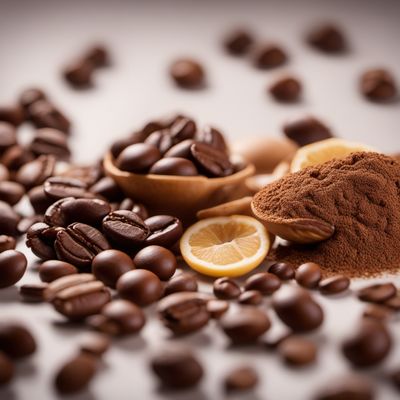
Coffee imitate ingredients
The Art of Coffee Replication: Exploring Imitate Ingredients